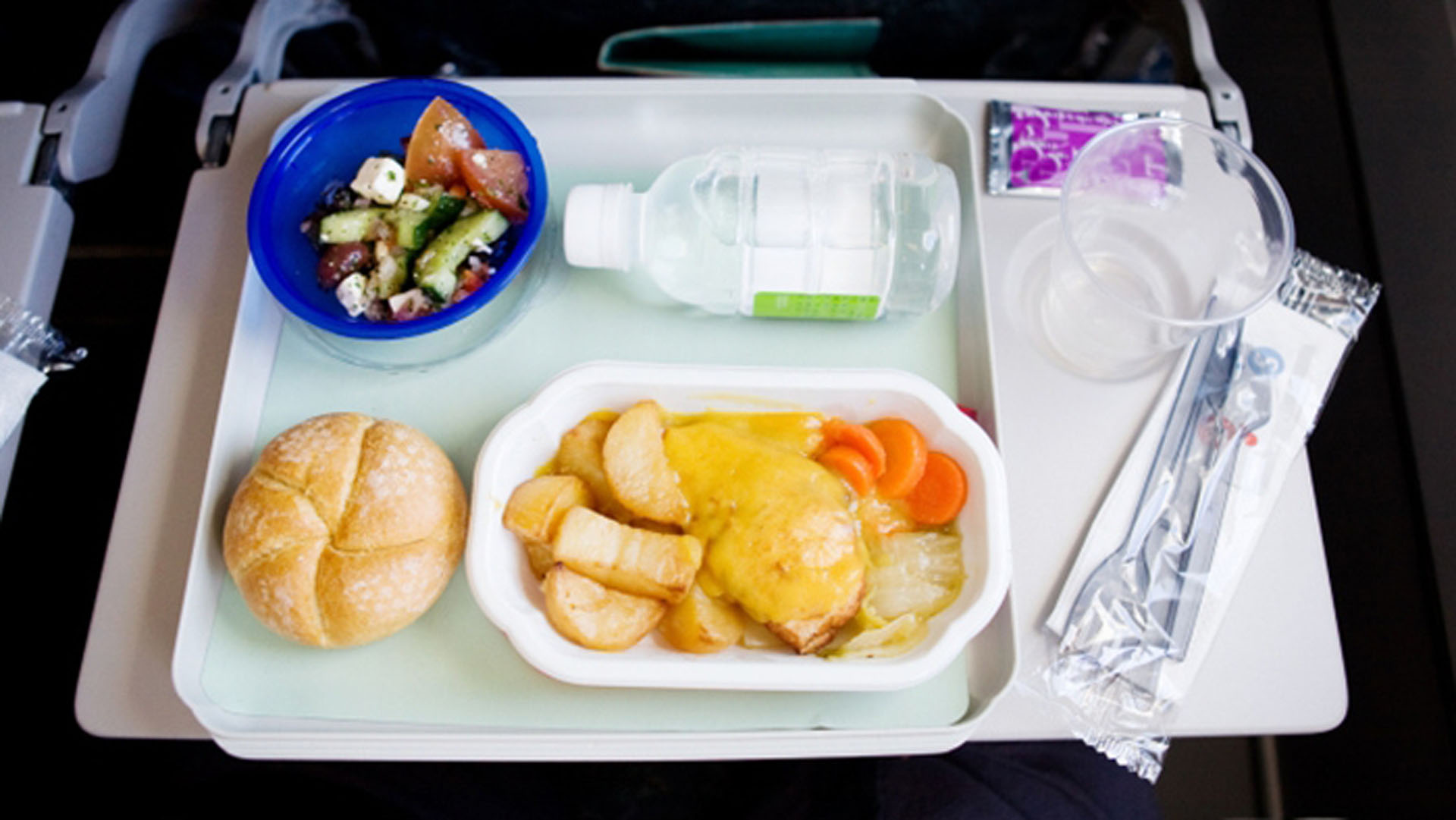-
Plane travel is the fastest, most convenient way to travel long distances. Increasingly affordable, we are flying more than ever and as technology enables planes to travel longer distances, our time in the air is lengthening. With its low humidity, confined space and pressurised cabin, long haul flights can get uncomfortable and take their toll on our body. Here are some simple ways to help make them a little easier.
Pre-flight
Start prepping before you board, keeping in mind what you eat, drink and pack.
Pre-flight food – avoid an overly oily, fatty or heavy meal before boarding. Opt for leaner meals like egg on toast, poached chicken with salad or fresh fruit.
Water – an easy way to stay hydrated on board is to bring your own filtered water bottle. Fill it up once you’re inside the airport and top up throughout the flight.
Hand sanitiser – pack a pocket-sized hand sanitiser to help nix any germs in the cabin.
Snacks – hunt down some fresh fruit or pack a few snacks like dried fruit, muesli bars or cheese and crackers to tide you over between meals.
Comfy socks – make sure you’ve packed some loose-fitting socks in your hand luggage to slip into once you’re in the air.
Neck pillow – getting some sleep on long flights helps pass the time and ensures you don’t arrive a zombie. Pack a neck pillow to help cushion your seat and make finding that elusive sleep spot a little easier.
Inflight
Skip the coffee, load up on moisturiser and move regularly throughout your flight.
Water and juice – replenish your fluids regularly throughout the flight as humidity levels of less than 25 per cent make for a very dry environment.
Moisturiser – apply a generous amount of hand and face moisturizer throughout your flight to keep your skin feeling soft and refreshed.
Contact lenses – dry eyes, nose and throat are a common side effect of long flights. Swap contact lenses for glasses if you feel your eyes becoming irritated.
Alcohol /caffeine - take care to drink coffee, tea and alcohol in moderation as they can act as diuretics and increase your dehydration.
Move often – sitting inactive for long periods of time can impact your circulation. Move often, walking up and down the aisle, heading to the bathroom, stretching your arms and legs, rolling your ankles and circling your shoulders.
Wash hands regularly – make sure you wash your hands properly and regularly with soap, rubbing them vigorously together. Dry with paper towel and wipe down the basin after use to avoid the spread of germs.
Gum – packing some gum or other foods you can chew on during take off and landing can help open your Eustachian tubes and equalize pressure between your middle ear and throat. Swallowing often and yawning can also assist.
Post flight
Keep hydration and movement in focus even after you’ve reached the runway.
Water – continue to replenish fluids lost on your flight by drinking plenty of water and avoiding excessive caffeine and alcohol consumption.
Movement – whether you’re on a stopover or have reached your destination, go for a long walk to stretch your legs. Avoid wearing shoes and socks that are tight, as your feet may have swollen during the flight.
Jetlag – if you’ve travelled across time zones, avoid long daytime naps as it will only make it more difficult to adjust. If possible, plan your flight to arrive in the evening so you can get some sleep and wake up fresh to explore.
How to prep for a long haul flight

-
How is ‘phubbing’ hurting your relationships?
Here’s how to stop phubbing and be more mindful of your phone habits, to help improve face to face interactions with your family and friends.
-
Are the winter blues real?
Simple ways to boost your mood in winter.
-
Mental fitness explained
Just as you work to strengthen your body, your mental health deserves attention and exercise too.
-
Signs it's time to visit the dentist
Nobody wants to go. But there are good reasons to – promise.
-
The link between stress, anxiety and jaw pain
Physiotherapist Michael Chan explains how stress and anxiety can cause jaw pain, and how to help get some relief.
-
When you can't sleep next to your partner
You love everything about them – except their sleep habits.
Subscribe to receive the best from Live Better every week. Healthy recipes, exercise tips and activities, offers and promotions – everything to help you eat, move and feel better.
By clicking sign up I understand and agree to Medibank's privacy policy





.jpg)
